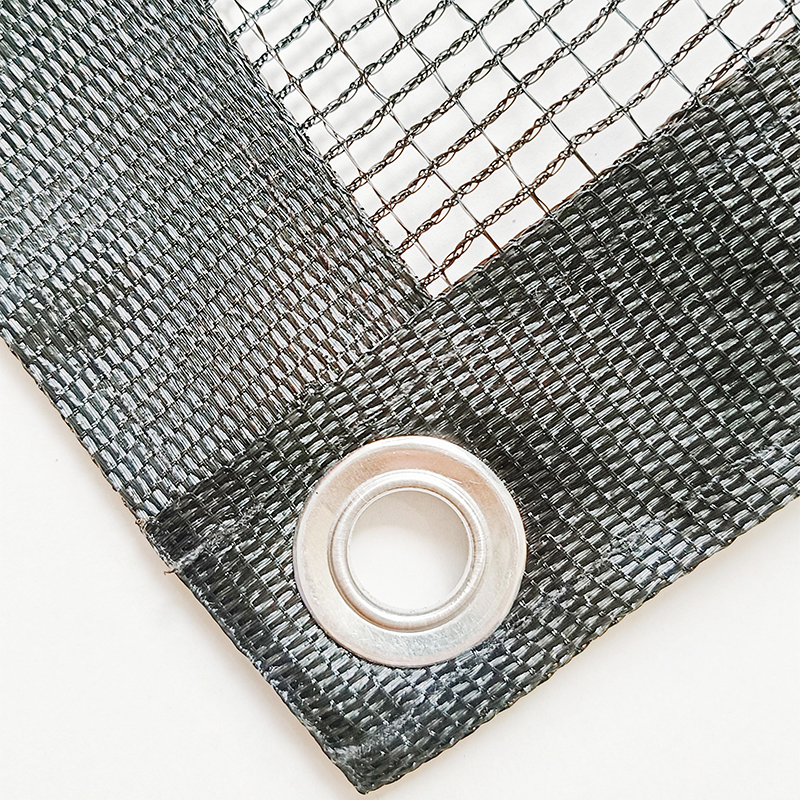
A butterfly net is a tool used to capture butterflies and other flying insects for scientific study, educational purposes, or personal fascination. It typically consists of a long handle and a fine mesh net attached to a circular frame. The fine mesh is designed to allow air flow while preventing the escape of small insects.
To use a butterfly net, you would typically approach a butterfly slowly and carefully, aiming to position the net behind it. With a quick and precise motion, you can then sweep the net towards the butterfly to capture it. Once captured, it's important to handle the butterfly with care to avoid injuring it. You can then observe it, study it, or release it back into its natural habitat.
When selecting a butterfly net, consider the size of the insects you intend to capture. Nets with finer mesh are suitable for capturing smaller insects, whereas nets with larger mesh may be better for larger butterflies.
Remember, it is crucial to handle insects responsibly and avoid causing harm to them or their habitats.
A butterfly net captures insects by taking advantage of their flight patterns and behavior. Here's a step-by-step breakdown of how a butterfly net works:
1. Approach: Slowly and quietly approach the butterfly or insect you want to capture. Try to be gentle and minimize sudden movements.
2. Positioning: Position the net behind the insect, ideally with the opening of the net facing the insect. This allows you to sweep the net effectively.
3. Swift Sweep: With a quick and precise motion, sweep or swing the net towards the insect. Aim to move the net in a horizontal or slightly upward direction, depending on the trajectory of the insect's flight. The goal is to enclose the insect within the net.
4. Timing: Timing is important to increase the chances of successful capture. Try to time your sweep when the insect is in a relatively stationary or predictable position. Catching the insect in mid-air can be more challenging but might still be possible with practice.
5. Containment: Once the net has captured the insect, be careful not to shake or disturb the captured insect excessively. Gently close the net's opening to prevent its escape.
6. Observation and Release: After capturing the insect, you can carefully observe its characteristics, study its behavior, or identify its species. If you are capturing insects for scientific or educational purposes, make sure to handle them with care. Finally, if desired, release the insect back into its natural habitat unharmed.
It is important to note that while butterfly nets can be used to capture insects for study or admiration, it is crucial to handle them responsibly and avoid causing harm to the insects or their habitats. Always prioritize the well-being and conservation of the insects you encounter.


 英语
英语 西班牙语
西班牙语













